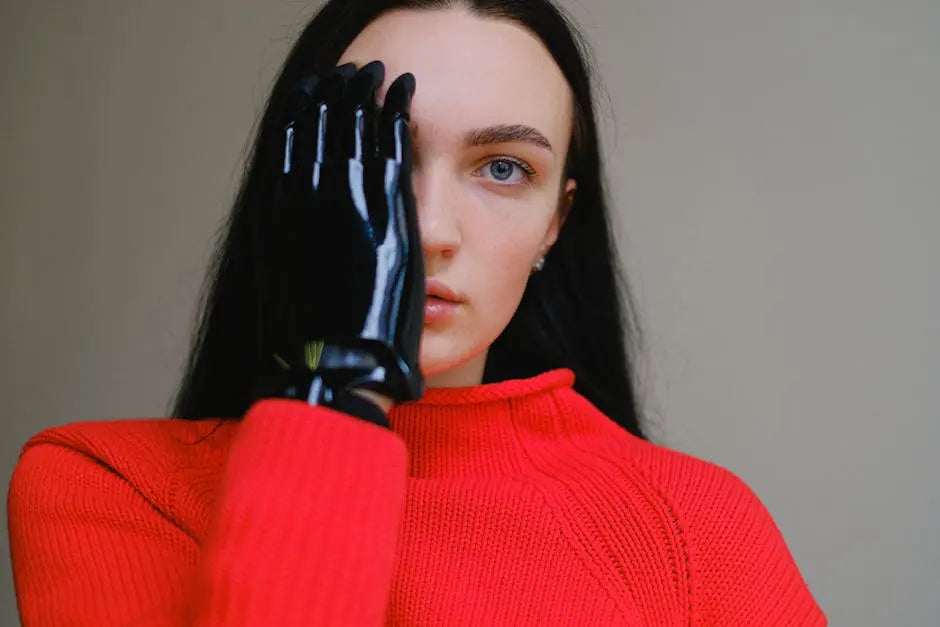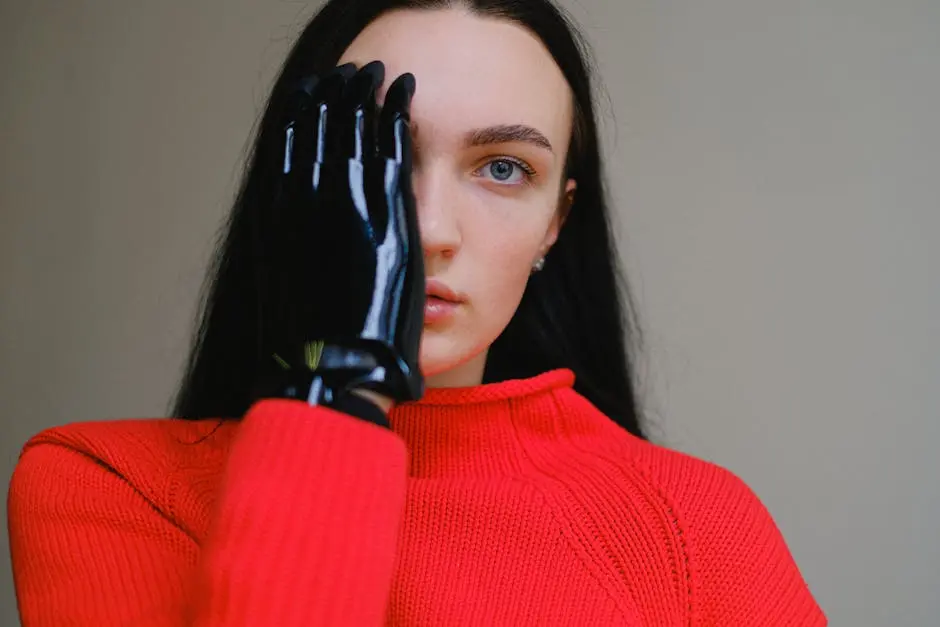
What is Wearable Fashion?
Share
Wearable fashion is not just an emerging trend; it represents the intersection of technology and style. In this blog, we will explore what wearable fashion is, its implications for the future of personal style, and the innovations driving this exciting movement. Join us as we unpack the various facets of wearable fashion and discover how it blends functionality with aesthetics.
Defining Wearable Fashion
Wearable fashion can be defined as clothing and accessories that integrate technology to enhance the user experience. It’s where style meets functionality—a concept that has gained incredible traction in recent years. The combination of aesthetics and technology opens doors to new possibilities in how we interact with our apparel.
Essentially, wearable fashion includes items like smartwatches, fitness trackers, and even smart clothing that can track vital signs or change color. These push the boundaries of traditional fashion, creating an entirely new genre. As consumers increasingly embrace this innovative approach, we are likely to witness its expansion into everyday clothing.
Overall, the goal of wearable fashion is not just practicality; it aims to make a statement. It encourages individuality through unique gadgets incorporated into personal style, emphasizing the transformative power of fashion in the modern world.
The Technology Behind Wearable Fashion
The backbone of wearable fashion is cutting-edge technology. From sensors that collect data on our health to Bluetooth capabilities that sync with smartphones, technology fuels this innovative realm. For example, smartwatches utilize advanced interfaces to provide notifications, fitness metrics, and even GPS tracking—all conveniently on our wrists.
Moreover, the development of e-textiles—fabrics embedded with sensors—offers exciting opportunities for both performance and fashion. Imagine a jacket that can monitor your body temperature or a dress that changes patterns based on your mood! Such breakthroughs not only showcase technological prowess but also enhance comfort and personalization.
However, it’s crucial to recognize that the integration of technology in fashion must respect privacy and promote safe usage. As companies innovate, ensuring that users’ data is protected will be key to fostering trust and acceptance in wearable technology.
Examples of Wearable Fashion
There are numerous incredible examples of wearable fashion transforming the market. Take, for instance, smartwatches like the Apple Watch or Fitbit, which seamlessly blend functionality with style. These devices allow users to track their health metrics, receive notifications, and even answer calls—all while looking fashionable.
On another note, we also see the rise of smart sneakers that adjust to the wearer’s foot shape or monitor performance during workouts. These advancements not only provide comfort but also allow users to personalize their activewear.
And let’s not forget wearables in high fashion, such as designer jackets with built-in LED displays. These items are not only impressive for their tech capabilities but also make a bold fashion statement, proving that creativity knows no bounds when it comes to wearable garments.
Benefits of Wearable Fashion
The benefits of wearable fashion are far-reaching and impactful. First and foremost, it enhances convenience. Imagine having access to your notifications or vital health information simply by glancing at your wrist! This ease of access revolutionizes the way we communicate and maintain our health.
Additionally, wearable fashion can significantly boost personal safety. Smart clothing that detects falls or sends alerts during emergencies provides peace of mind to both wearers and their families. It represents a crucial blend of fashion and function, designed to protect and support individuals in their daily lives.
Moreover, the ability to track fitness and health metrics has led to a more health-conscious population. Wearable fitness trackers help users set goals, monitor their progress, and motivate them to lead more active lifestyles—all through stylish accessories that seamlessly fit into their wardrobes.
Challenges in Wearable Fashion
Despite its exciting prospects, wearable fashion also confronts several challenges. One major hurdle is the issue of battery life. Many wearable devices require frequent recharging, making them inconvenient for users who prefer hassle-free gadgets. Innovating around this limitation is critical for broader consumer acceptance.
Quality and safety also pose significant concerns, especially as wearables come into direct contact with our skin. It’s vital that manufacturers prioritize comfort and ensure that materials are hypoallergenic. The last thing anyone wants is irritation from what’s meant to be a stylish or functional piece of fashion.
Lastly, the rapid pace of technology can lead to frustration when devices quickly become outdated. Consumers often feel they must constantly upgrade to keep up, which can not only be a financial burden but also an environmental concern.
The Future of Wearable Fashion Trends
Looking ahead, the future of wearable fashion is filled with incredible potential. We are likely to see a continued blending of augmented reality and fashion. Imagine glasses that overlay information in your field of vision, merging digital experiences with the real world—this is the frontier where style meets cutting-edge technology.
Furthermore, as consumers increasingly demand sustainability, we might see more eco-friendly materials being utilized in wearable tech. This could create a new niche where style does not come at the cost of our planet. Innovation in this area has the potential to reshape the fashion industry as we know it.
In conclusion, wearable fashion stands at a transformative crossroads. As we embrace these trends, it’s essential that we remain open to the possibilities these advancements hold for self-expression, convenience, and health. The future looks bright, and we can’t wait to see where this journey takes us!
The Future of Wearable Fashion
Wearable fashion is transforming the way we think about clothing and accessories. As technology continues to advance, the possibilities for wearable fashion are endless. It will be fascinating to see how this trend evolves and how it influences both the fashion industry and consumer behavior in the future.

